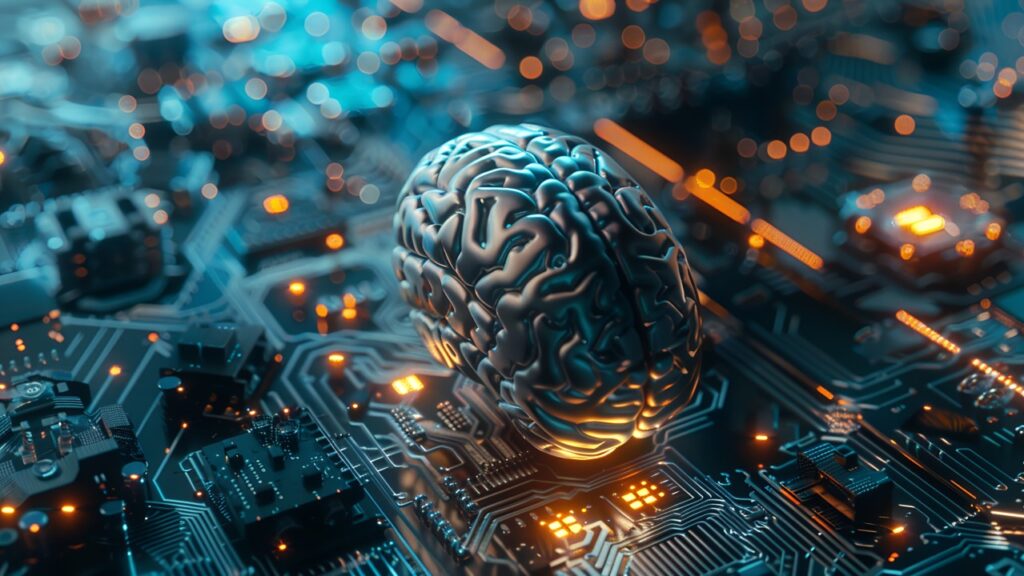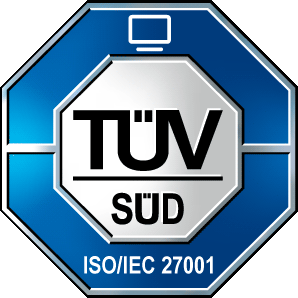Introduction
Brain-Computer Interfaces (BCIs) are revolutionizing medicine by creating an interface of communication between the external device and the brain. A BCI refers to a computer-mediated system that gets brain signals, processes them, and then turns them into a command and sends it through an output device to perform an intended action. Brain-Computer Interface is one very fast-developing technology, where scholars are putting more emphasis on forming a direct channel between humans and computers.

Components of a BCI System
1. Signal Acquisition
Signal acquisition involves measuring the analog signals from the brain using specialized sensors. The acquired signals are then amplified and filtered to eliminate noise. Finally, the signals are digitized through an analog-to-digital converter and sent to the processing unit.
2. Feature Extraction
Feature extraction focuses on identifying unique features from the received signals. These features must have a strong correlation with the user’s intent, as much of the significant brain activity tends to be either transient or oscillatory.
3. Feature Translation
Once the features are extracted and classified, they are processed by the feature translation algorithm. This algorithm’s primary role is to convert the signals into appropriate commands for the output device. 4. Device Output The commands generated by the feature translation algorithm control external devices, enabling functions such as letter selection, cursor movement, robotic arm operation, and so forth. The operation of these devices gives feedback to the user, thereby closing the control loop.

Types of Brain-Computer Interface (BCI) Systems
1. Invasive BCIs
Invasive BCIs involve surgery for implanting electrodes beneath the scalp to transmit brain signals directly. The main benefit here is that it can produce more accurate readings. But it also has some drawbacks, including potential side effects of the surgery. After surgery, scar tissue may develop, which would degrade brain signals.
In addition, some researchers contend that the body can never completely accept implanted electrodes, which have potential medical side effects.
2. Semi-Invasive BCIs
Semi-invasive or partially invasive BCI systems are implanted inside the skull but outside the brain, as opposed to being inserted directly into the grey matter. The devices provide better signal resolution than non-invasive BCIs since the bone tissue of the cranium can corrupt and blur signals. They also involve less risk of developing scar tissue in the brain compared to completely invasive BCIs.
3. Non-invasive BCIs
Non-invasive BCIs comprise all technologies that facilitate brain-to-computer communication without breaching the skull. The majority of non-invasive Brain-Computer Interfaces utilize electrodes placed on the scalp to capture brain activity. Major technologies employed in non-invasive BCIs are electroencephalography (EEG), functional magnetic resonance imaging (fMRI), magnetoencephalography (MEG), near-infrared spectroscopy (NIRS), and functional transcranial Doppler sonography.

Conclusion
Brain-Computer Interfaces (BCIs) have great potential to transform medicine through enhanced patient care and rehabilitation. Through direct brain-external device communication, BCIs offer innovative solutions for neurological disorders and disabilities. With the development of this technology, it has the potential to upgrade treatment techniques and improve quality of life, and is a breakthrough in the integration of neuroscience and healthcare.









